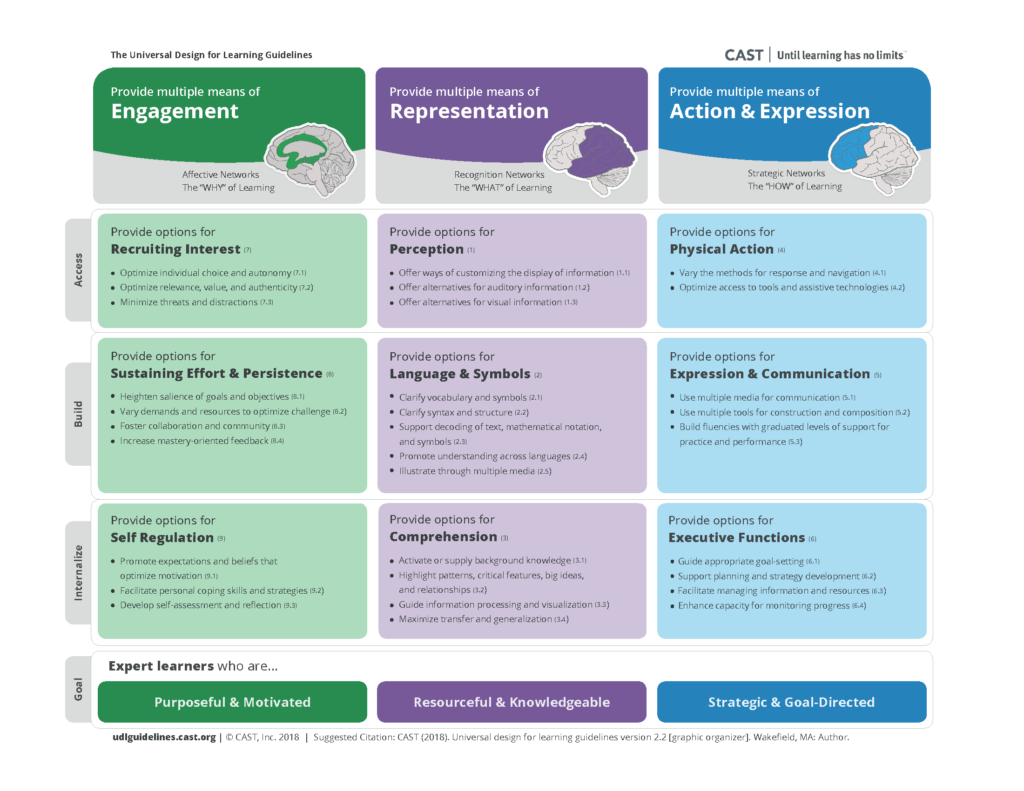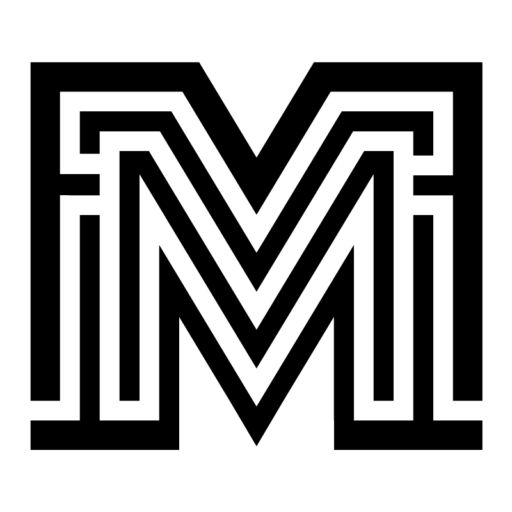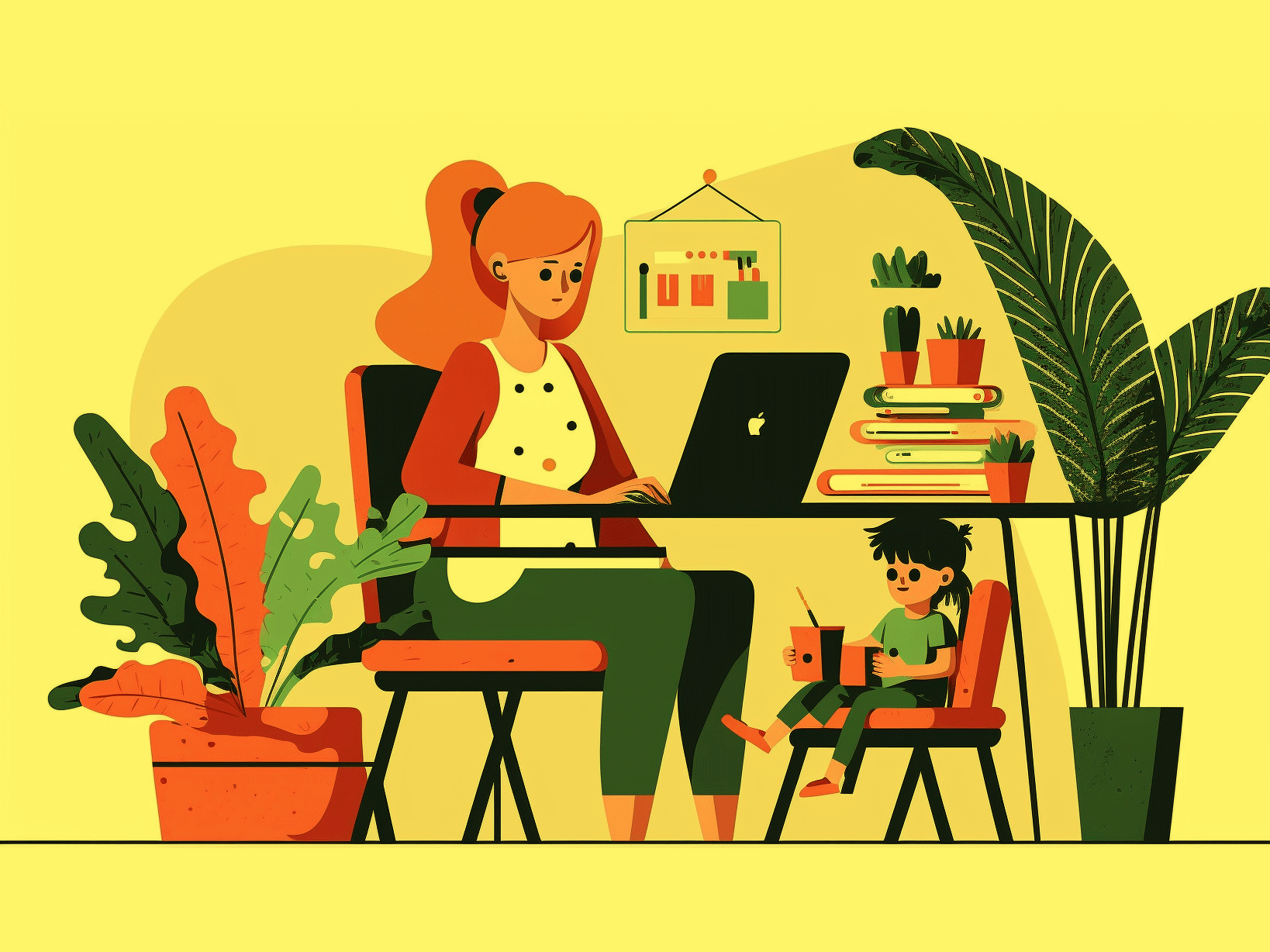The Universal Design for Learning (UDL) is a framework that is used in the education sector to enhance the learning experience for all students. The UDL framework is based on the idea that every student has different strengths, weaknesses, and learning styles. Therefore, by creating a flexible learning environment, you can engage all students in the learning process.
The framework was first introduced in the 1990s by the Center for Applied Special Technology (CAST), a non-profit organization that specializes in developing innovative educational technologies. Since then, it has gained popularity worldwide and has become a standard approach to inclusive education.

The UDL framework is based on three principles.
- Multiple means of representation
- Multiple means of expression
- Multiple means of engagement
Multiple means of representation
This principle aims to provide students with different ways of accessing information. This includes using visual aids, auditory resources, and interactive materials. For example, a teacher might use videos, diagrams, or images to help students understand a concept.
Multiple means of expression
This principle focuses on giving students different ways to demonstrate their understanding of a topic. This might involve using different modes of communication, such as writing, speaking, or drawing. It might also involve allowing students to work in groups or individually, depending on their preferences.
Multiple means of engagement
This principle aims to provide students with different ways of staying motivated and interested in the learning process. This might involve creating a sense of ownership over the learning process, providing opportunities for creativity and problem-solving, or offering rewards and incentives.
What are the benefits?
By implementing these three principles, you can create a more flexible learning environment that caters to the needs of all your learners. This is particularly important for students with disabilities or learning difficulties, who may struggle with traditional teaching methods.
Using the UDL framework can improve student engagement and motivation. By providing multiple ways for students to access and express their learning, educators can create a more inclusive and engaging learning environment.
Additionally, the UDL framework can help you to identify and address the needs of individual students. By understanding the different learning styles and preferences of each student, educators can provide targeted support and adapt their teaching strategies accordingly.
In conclusion, the Universal Design for Learning framework is an essential tool for creating inclusive and effective learning environments. By implementing the principles of multiple means of representation, expression, and engagement, educators can enhance the learning experience for all students, regardless of their strengths or weaknesses.

